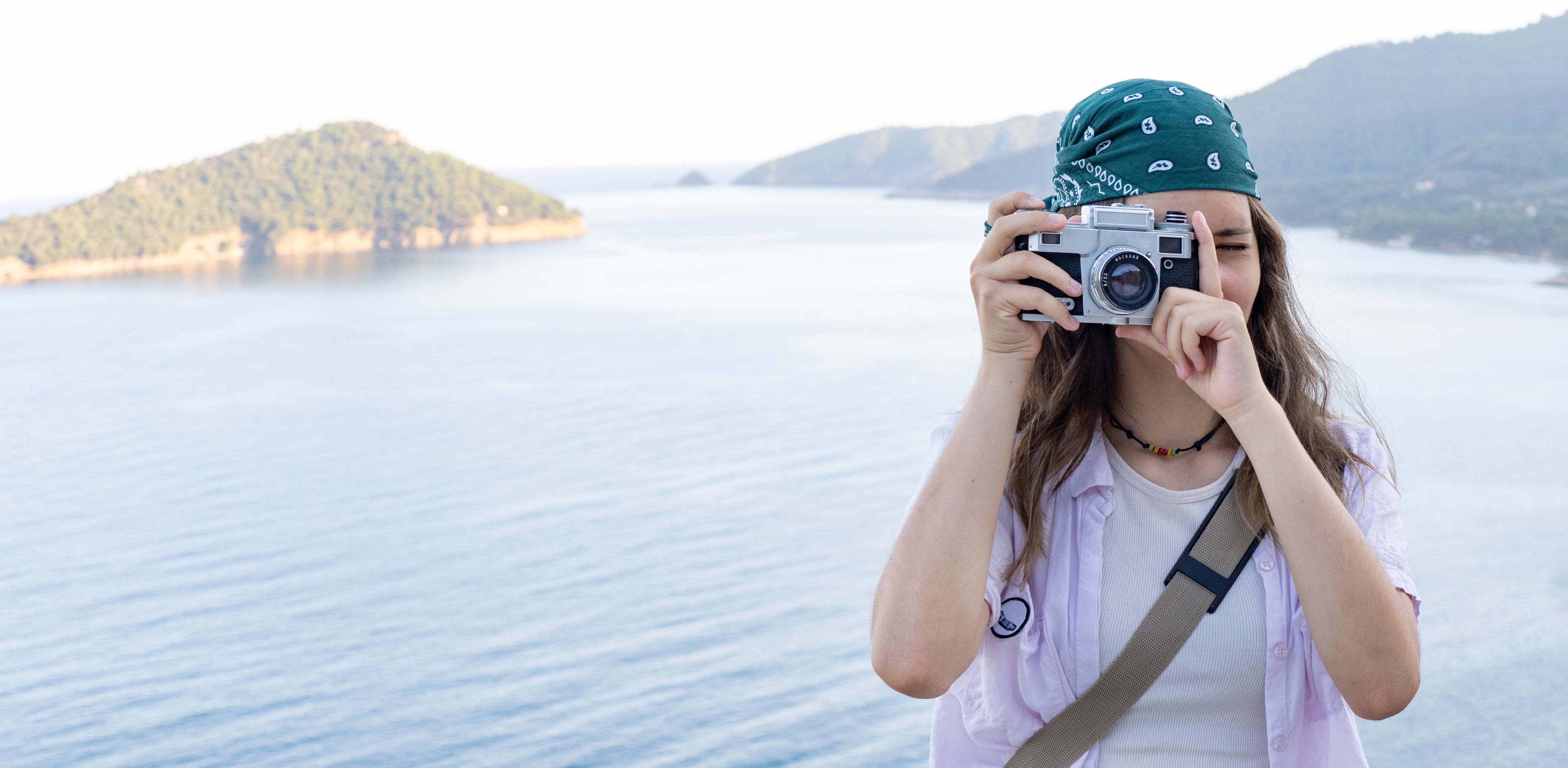Picking the right film can be a point of much confusion when you first start—matching the look and feel of a film to the project. So I'm going to give you the same advice someone gave me when I started out in sound recording. He said, "It's hard to go wrong with Sennheiser," and it's true. Most of Sennheiser's products are of high quality. And the highest-level pros use them all. You will have people with preferences, but essentially, if you're using Sennheiser, you’re using a high-quality brand.
These film stocks are the basic flavors. To compare to ice cream like Chocolate, Vanilla, and Strawberry. Great, can't go wrong with them.
Color Negative Film: Kodak UltraMax 400:
Great film for point-and-shoot cameras. Taking photographs with your friends and just having all-around good times. The 400 speed makes it versatile for both indoor and outdoor use. Great fun. Kodak Gold 200 is also a good option.
Black and White: Kodak Tri-X Film
Tri-X has been made since 1940! If you are viewing an iconic black and white photograph, there is a very good chance it was taken with Tri-X film. Modern photographers, such as James Nachtway and Sebastião Salgado, have used it for almost all of their photographs. I remember when I was given my first roll of Tri-X in high school photography class. It's such a good standard that if you want finer grain, people will keep using Tri-X and move up to medium format. Ilford HP5 is like Tri-X, but it's still trying to emulate Tri-X, rather than being the real thing. If you want to achieve fine-grained images, shooting 35mm Ilford FP4 or T-Max 100 is a good option. If you wish to super high speed and super grainy film, Kodak T-Max 3200 or Ilford Delta 3200 is a lot of fun. Tr-X is like The Great Gatsby novel. You read it in high school, but only after you've been writing professionally for 10 years do you realize how amazing it is.
Pro Color Negative: Kodak Portra 400
If you're a pro/portrait/wedding photographer again, it's hard to go wrong with Kodak Portra 400. It is versatile, fine-grain, and has amazing skin tones. It's the standard in color negative films now. If you want finer grain and stay in 35mm, Kodak Portra 160 is a good option. Portra is the standard of color negative film today.
Transparency Film(aka Slid Film): Kodak E100 Ektachrome
Many a National Geographic Photographer has used Ektachrome film. If you’re wondering how they achieve those saturated colors, the answer is Kodak E100. FujiFilm Provia 100F is also a good option.
I know some people are wondering, "Wait, why is that all Kodak film?" Kodak was indeed the king of film in its heyday. And also thanks to Kodak being a mainstay in the motion picture industry. The venue where the Academy Awards are held used to be called the "Kodak Theater." Kodak was able to keep a lot of their film stock in production because they had big contracts to make film for major directors such as Christopher Nolan or Quentin Tarantino. What kept their film alive were FujiFilm, Agfa, and others, who had to stop production. I'm personally hoping they bring more film stocks back. Kodak Portra, Tr-X and E100 are all excellent. On a side note, companies like Cinestill take Kodak Motion Picture film and then put it into 35mm cans. Kodak Vision3 (All Cinestill color negative film) is similar to Kodak Portra still film.



